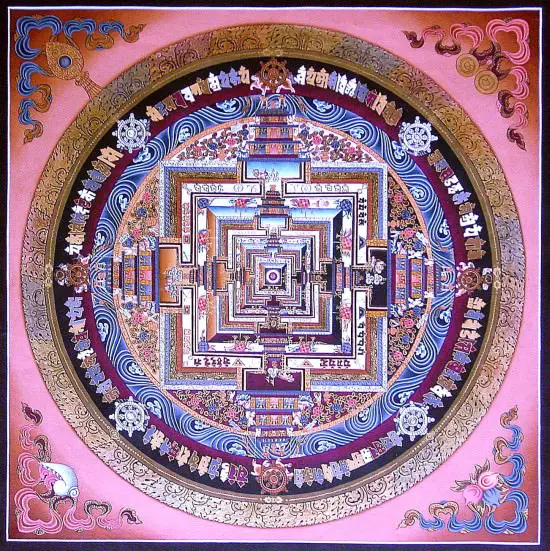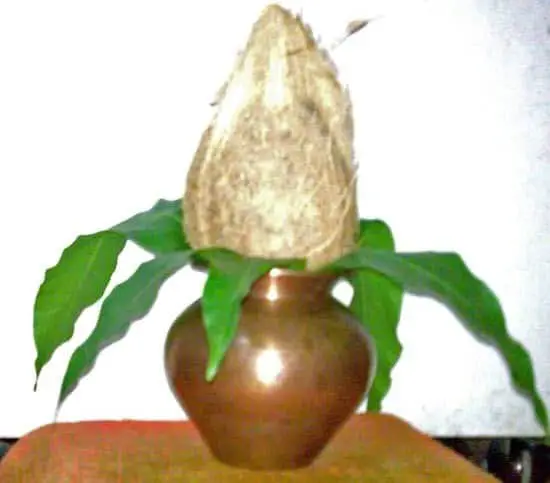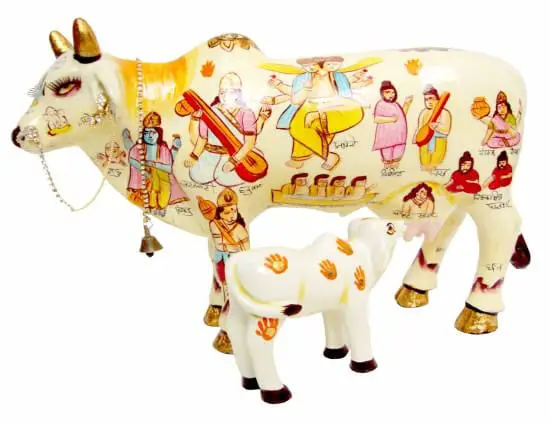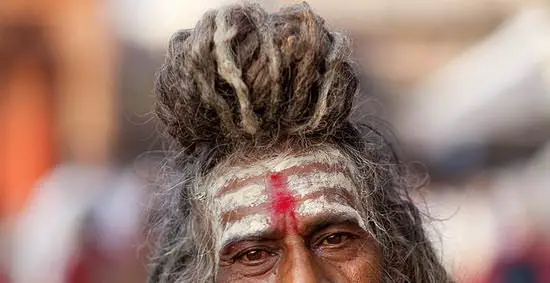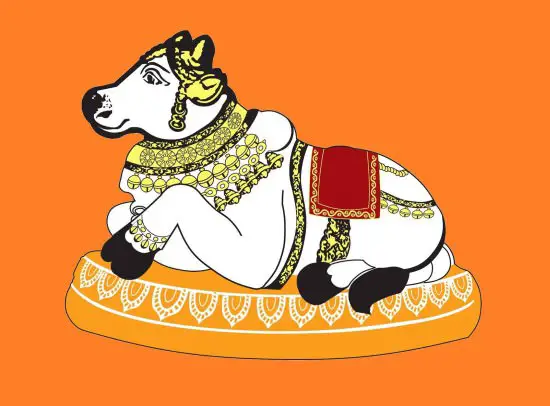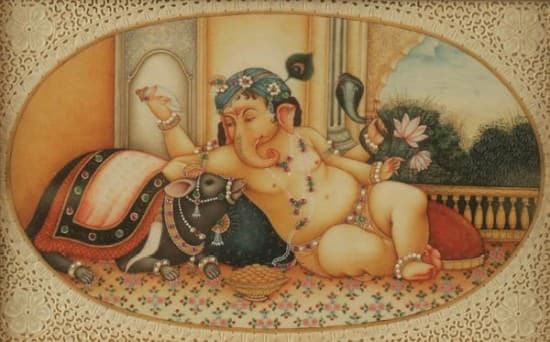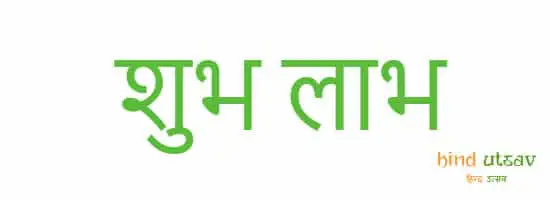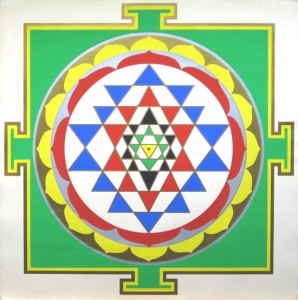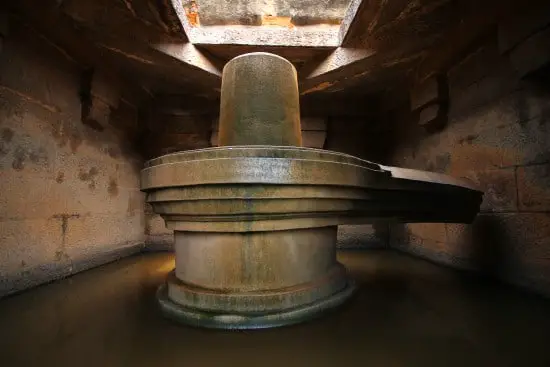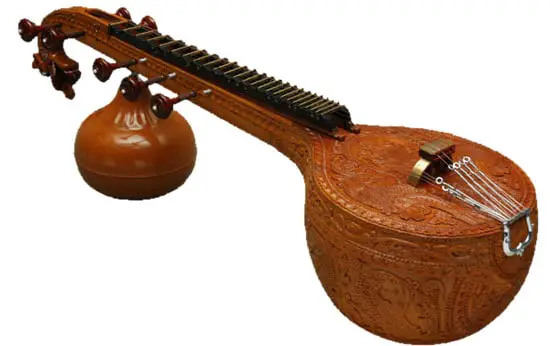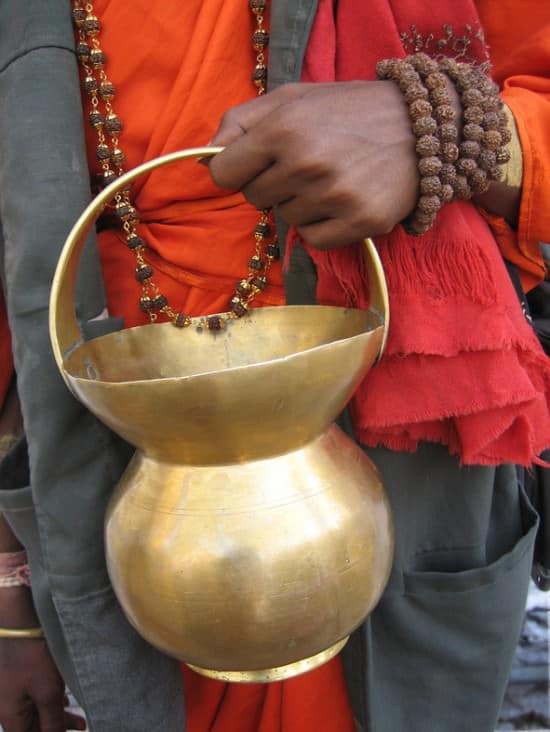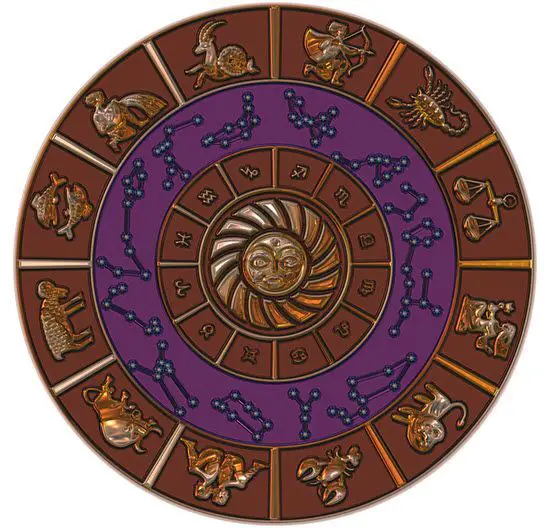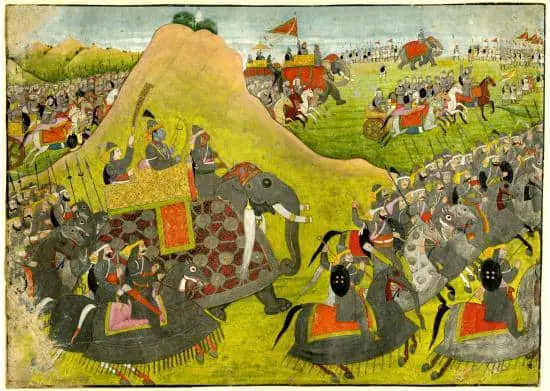Hinduism is the oldest religion on the earth.
It is famous for its gods and goddesses, pilgrimages, festivals, prayers, rituals, customs, and beliefs.
However, that is not all that Hinduism has to offer.
There is yet another interesting aspect connected with Hinduism.
It is the Sacred Hinduism Symbols.
Today, we show you a comprehensive list of sacred Hinduism symbols – name and meaning.
In fact, Hinduism has a number of symbols than any other religion. Each Hindu symbol has a particular meaning that gives spiritual bent to it.
Moreover, Hindu symbols form a part of Hindu iconography which is derived from scriptures and cultural traditions.
These Hindu symbols have been used by the Hindu followers down through the ages.
They are as old as Hinduism itself.
Anyone who is interested in Hindu philosophy must know and understand these iconic symbols.
Most of the Hindu symbols are used on various religious occasions (such as festivals) and also at the time of celebrations.
They are pictured or carved at temples and even at homes. They denote what Hinduism has stood for down the millennia.
Every Hindu gives deep respect to these symbols. In fact, some of these symbols have been recognized as a unique representation of Hinduism.
Some of these symbols have a direct association with Hindu gods and goddesses. Moreover, Hindu symbols contain the essence of Hindu philosophy and beliefs.
It is believed that using the Hindu symbols is very auspicious in itself. They have been used for the materialistic and spiritual well being. They bring in positive vibes and uplift your energy quotient.
On the whole, if you want to understand about Hinduism, you must know the meaning of these Hindu symbols.
In this post, we have covered most of the symbols that are used in Hinduism. We have described their meaning in length. So, you will come to know the sacred Hinduism symbols name and meaning.
Table of Contents
Sacred Hinduism Symbols
Here’s the list of Hindu symbols:
Om or Aum
The symbol Om or Aum is the most sacred symbol of Hinduism. It is a visual as well as oral representation of Brahman or God.
It is the sound that is heard at the time of creation of Universe. It represents the three major Hindu Gods – Brahma, Vishnu, and Shiva.
All the major Hindu mantras start with Om or Aum. This Holy symbol is written at the beginning of all Hindu religious texts.
In fact, Om is made of three Sanskrit letters such as A, U, and M.
It is written as No. 3 and has a curved line like a tail from the center to the back side of three. A moon-shaped curve and a dot are placed above 3.
The symbol Om is worn in pendants and also printed on temple walls and in family shrines.
Swastika
The Swastika is another very important symbol in Hinduism. It is an equilateral cross with four arms bent at 90 degrees in the clockwise direction.
The word ‘Swastika’ is derived from two Sanskrit words – ‘Swa’ meaning good or auspicious and ‘Asti’ means the state of being. The ‘ka’ in Swastika is used as a suffix. Its literal meaning is ‘to be good’ or ‘being with the higher self.’
So, Swastika represents the state of happiness.
In Hinduism, Swastika is used as a symbol of good fortune.
Trishul
The symbol Trishul denotes a trident spear which is associated with Lord Shiva. In fact, Trishul is a badge of Lord Shiva. Even Goddess Durga is also portrayed carrying a Trishul is one of her hands.
So, Trishul is a weapon.
It has three sharp points which reside on a long rod.
Its outer two points are curved at the end. The middle point is straight and sharply pointed.
Trishul is highly revered in Hinduism.
Lord Shiva is always portrayed with a Trishul.
The three prongs of Trishul denote the three powers of Lord Shiva as creator, preserver, and the destroyer. It also denotes the three forms of power (Shakti) – will, action, and wisdom.
Lotus
The lotus flower is a highly sacred Hindu symbol.
In fact, you must have seen Hindu Gods and Goddesses seated on a lotus flower.
Lotus in Hinduism represents spiritual blossoming, divine birth, and creation itself.
It is a symbol of purity, strength, and resurrection.
The lotus itself emerges from dirty flower blossoming as a pure and unblemished flower.
Kalachakra
Kalachakra is a Hindu symbol which denotes the ‘Wheel of Time’ or ‘Circle of Time.’ However, the term ‘Kalachakra’ is also popular in Buddhism.
It is a symbol of perfect creation. The Kalachakra or ‘Wheel of Time’ has eight spokes symbolizing the direction in time. Each spoke is governed by a specific aspect of Shakti or by a deity.
Kalasha
Kalasha or Purna Kumbh is an essential part of Hindu religious ceremony. The Kalash or Purna Kumbh is a symbol of abundance. It is used during religious rites or different Hindu sacraments.
The term Purna Kumbh means a pot filled with water. Usually, it is a metal pitcher made out of gold, silver, copper, or brass. It is filled with water and decked with fresh mango leaves with a coconut placed on its top.
Various Hindu scriptures mention this object such as Matsya Purana and Skanda Purana.
Kamadhenu
Kamadhenu is a Hindu symbol of a divine cow as per Hindu mythology. She is regarded as the mother of all cows. As per Hindu mythology, it is believed that all the Gods and Goddesses reside in Kamadhenu.
Kamadhenu is often known as the ‘cow of plenty.’ She has special powers and grants her owner whatever he desires. She is depicted as a white cow having a female head and breasts, the wings of a bird, and also the tail of a peafowl.
Hindu scriptures say that she emerged from the churning of the cosmic ocean. She was in possession of Sage Vashishta. She provided milk and milk products that were used in her sage-master’s oblations.
She is also capable of producing fierce warriors. She dwells in the Goloka – the realm of cows.
Tripundra
The Tripundra is a Hindu symbol that is very popular with the devotees of Lord Shiva who are known as Shaivite. It is basically a “Tilak” which is put on the forehead.
It has three horizontal straight lines made out of sacred ash or bhasma and put on the forehead. A red dot (bindi) is applied in the center of Tripundra.
While Tripundra is usually put on the forehead, some Shaivite applies the ash stripes of Tripundra on their arms.
The Tripundra Hindu symbol denotes the three godly powers of creation, sustenance, and destruction which are described by its three stripes.
The ash represents the purification of Maya (illusions), Karma (actions), and Ahankar (ego). The dot that is put in the center is a symbol used to signify the rise of spiritual insight.
Colors
Colors have been a very important aspect in Hinduism. Here, we illustrate the significance of various colors that have been an integral part of Hinduism down the ages.
Saffron: The Saffron color in Hinduism represents Lord Agni. It symbolizes all aspects of Sanatan Dharma. It is regarded the most important color in Hinduism.
Red: Red is another important color in Hinduism. It denotes purity as well as sensuality. In fact, many Hindu symbols (such as Tilak, Bindi) are in red.
It is believed that Red color destroys evil. It represents healthy aggression such as vigor, passion, determination, and even sexuality.
Green: The green color in Hinduism symbolizes peace and happiness. It is typically used at festive occasions. The green color is regarded as a symbol of nature and brings peace to mind.
Yellow: The Yellow color in Hinduism is a symbol of knowledge, wisdom, and acumen. It is associated with Lord Ganesh and Lord Vishnu.
White: The white color in Hinduism represents peace and purity. It is the color of Goddess Saraswati.
Blue: The blue color represents the rivers, seas, and the sky. It symbolizes distance, depth, and height.
Black: Black is the color of Goddess Kali. It symbolizes power and is a badge of superiority.
Gods Vahana as Hindu Symbol
Nandi: Nandi is Lord Shiva’s mount or vehicle. It’s a huge white bull with a black tail. Its name means joyful.
Nandi can be seen seated disciplined at Lord Shiva’s feet. Nandi is the ideal devotee, the symbol of pure joy and strength.
Owl: The owl is known as Ulooka in Sanskrit. It is the vehicle of Goddess Sri Lakshmi.
Mushika: Mushika which is a rat or mouse is the vehicle of Lord Ganesh.
Lion: Lion or “Singh” is the vehicle of Goddess Durga.
Peacock (Mayur): The Peacock is Lord Murugan’s mount. It is swift and beautiful like Kartikeya himself.
Parrot: Lord Kamadeva is the Hindu deity of love and sexuality. His vehicle is Parrot.
Shatkona (Six-pointed Star)
The Shatkona or six-pointed star is composed of two interlocking triangles. The upper stands for ‘Shiva’ or male energy and the lower for ‘Shakti’ or female energy.
The union gives birth to Sanatkumara, whose sacred number is six.
Homakunda (Fire Alter)
The ‘Homakunda’ (fire alter) is the Hindu symbol of ancient Vedic rites. It denotes the fire element and is used to make offerings to the Gods.
The Hindu sacraments are solemnized before the Homa fire.
The ‘Ghanta’ or Bell
The ‘Ghanta’ is the bell used in Hindu puja rituals to summon the Gods.
It engages all senses, including hearing and stimulates the inner ear. The Ghanta reminds us that like sound, the world can be perceived but not possessed.
Vata or Banyan Tree
Vata or Banyan Tree is a sacred Hindu symbol. It is considered Holy and worshiped by the Hindus.
It is believed that Lord Shiva sits beneath it and meditates as a silent Sage. It is a Hindu symbol of longevity.
Shankha or Conch
Shankha or Conch is a major Hindu symbol. It is used in prayers as a trumpeting announcement of all sorts.
Lord Vishnu holds a special conch known as “Panchajanya.” The warriors of ancient India used to blow conch shells for announcing battle.
Shubha Laabha
This Hindu symbol is used to give you a sense of upliftment. Shubha means goodness and Laabha means to benefit.
It is used in temples, houses and even at workplaces to invite positive energy and goodness of all sorts.
Yantra
Yantra is a geometrical pattern that is used as a visual representation of a deity.
A Yantra is usually drawn on a metal plate such as gold, silver, or copper. It can contain different geometrical shapes such as circle, square, or triangle.
Their lines and shapes can have many meanings. In fact, there are many Yantra. The most important Yantra is Shri Yantra.
Tilak
It is a vertical sign made by Kumkum. It is put on the forehead of a Hindu male exactly between the two eyebrows.
The Tilak is applied at the time of rituals or any religious ceremonies.
Bindi
It is a small rounded sign made with Kumkum. It is applied between the two eyebrows by married Hindu women.
Lingam
It is a representation of Lord Shiva. It is a vertical cylindrical pillar. It is surrounded by a round object and has an opening on the right side that stretches out to some length.
Hindu believes that Lingam is the union of Shiva and Shakti. It represents the infinite nature of Shiva.
Shri
Shri is an important Hindu symbol. It is a symbol of Goddess Lakshmi and represents auspiciousness.
Shri is usually added before the names of Hindu males.
Veena
Veena is a stringed musical instrument of Goddess Saraswati. It is a sacred Hindu symbol for art and education.
It is also associated with Deva Rishi Narad.
Paduka
These are wooden sandals (slippers) worn by saints and sages.
Sun
Sun is the symbol of light and truthfulness. Sun worship is very popular in Hinduism.
In fact, Sun is considered a deity in Hinduism. Many people offer water to the sun in the morning.
Kamandalu
It is an oblong vessel used by ascetics. It was mainly used for storing water. Kamandalu is a symbol of asceticism.
Cow
The cow is the most sacred animal of the Hindus. It is a symbol of purity, good nature, prosperity, and motherhood.
With this, we come to the end of this presentation on Sacred Hindu Symbols. We hope that you enjoyed the article. If you liked this post, please do share it on Facebook, Twitter, and Google Plus. We welcome your comments and suggestions.





